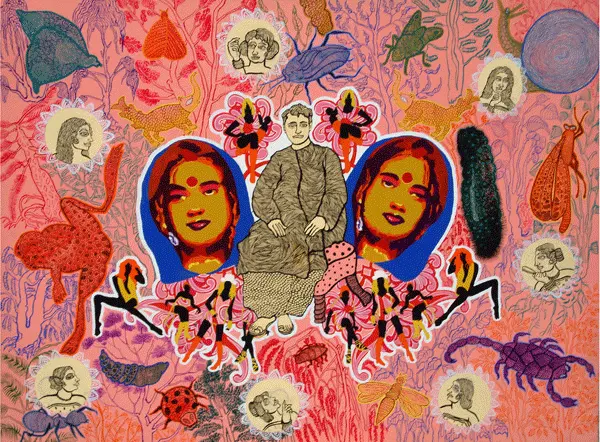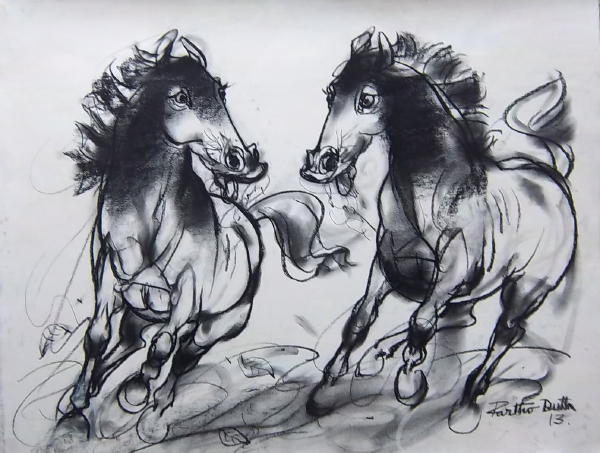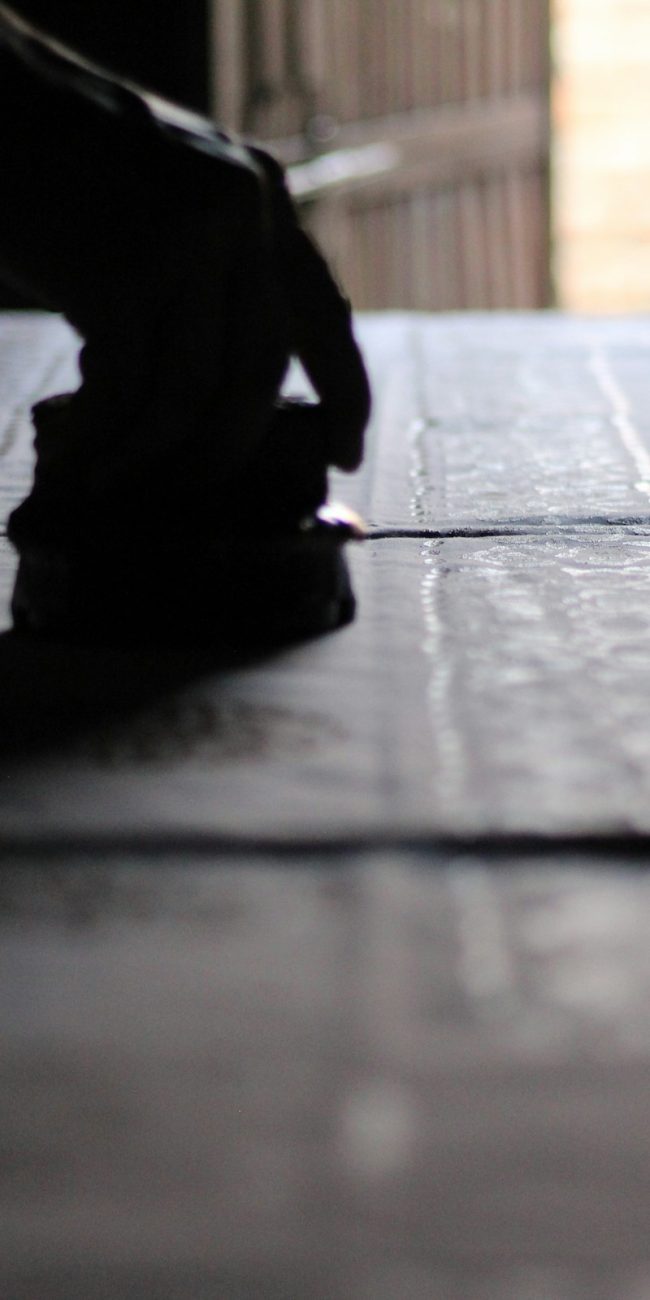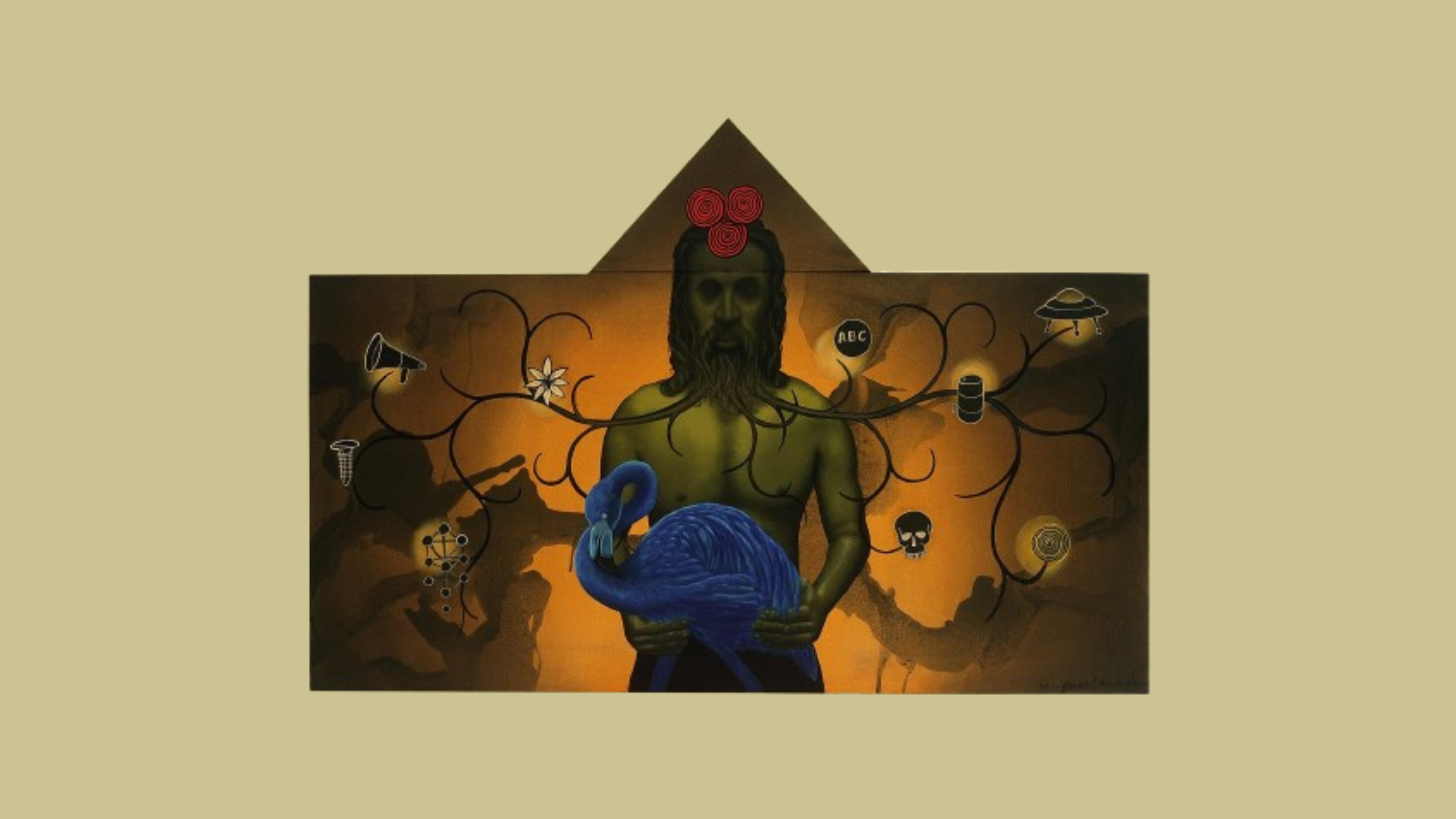
Art and Literature: The Interplay of Visual and Written Narratives
Art and literature have been essential parts of human culture for centuries. Both forms of expression allow people to share stories, emotions, and ideas in unique ways. But what happens when these two worlds visual art and written narratives come together? The interplay between art and literature creates a rich and powerful experience, allowing us to see the world through multiple lenses.
This blog explores how these two forms of expression interact and influence each other, and how they enrich our lives.
The Common Goal of Storytelling



Storytelling is the heart of both art and literature. Whether it’s a novel, a poem, a painting, or a sculpture, these creative works tell stories. A piece of art can tell a story with just a single image, while a novel might use thousands of words to do the same. Despite these differences in medium, the goal remains the same: to communicate ideas, emotions, and experiences.
For example, a painting of a stormy sea might convey the same sense of struggle and turmoil as a poem describing the crashing waves. Both the painting and the poem invite the viewer or reader to engage with the scene and interpret its meaning. Each form provides a different way to experience the story, but together, they enhance each other. The written word can give us details about what is happening, while the visual image can evoke the emotional depth of the moment.
How Art Inspires Literature

(Samir Mohanty, The Breathing Proportion, Dried preserved tree twigs, Rice paper watercolor and Metal rod, 55 x 55 x 4 inches)
Throughout history, visual art has been a source of inspiration for writers. Writers often draw from the visual world around them, including paintings, sculptures, and photographs. Famous works of art have inspired countless books, poems, and plays.
For example, the painting “Starry Night” by Vincent van Gogh. Its swirling skies and bright stars have sparked the imaginations of poets and writers, leading them to create their own works that reflect the mood and meaning of the painting. In some cases, writers may even base entire stories or novels around a particular piece of art, imagining the lives of the people depicted in a portrait or the events leading up to a landscape.
Another example is the ancient Greek myth of Pygmalion. This story, about a sculptor who falls in love with a statue he created, has been retold in many forms, from plays to novels. In this case, the statue itself is an artwork within the story and becomes a central figure that drives the narrative. Here, art is not just a backdrop for the story but an essential part of it.
Literature’s Influence on Art



(Some limited edition serigraphs by Jogen Chowdhury, Rini Dhumal and Anjolie Ela Menon)
Just as art inspires literature, the reverse is also true. Many visual artists are inspired by literary works and use them as a foundation for their creations. For instance, painters may depict scenes from famous novels or poems, bringing these stories to life in a new way.
A great example of this is Dante’s “Divine Comedy”. This epic poem has inspired countless works of art, from intricate illustrations to large-scale paintings. Artists have taken scenes from the poem, such as Dante’s journey through Hell, Purgatory, and Heaven, and transformed them into vivid images. These artworks allow viewers to engage with the poem on a deeper level, seeing the words come to life through the artist’s vision.
In another example, the works of Shakespeare have been a significant influence on many artists. His plays, full of complex characters and dramatic moments, have inspired numerous paintings, sculptures, and even films. Artists often capture key moments from his plays, such as the tragic scene of Hamlet holding the skull or Romeo and Juliet’s first meeting, allowing us to visualize the emotional weight of these moments.
Merging Art and Literature
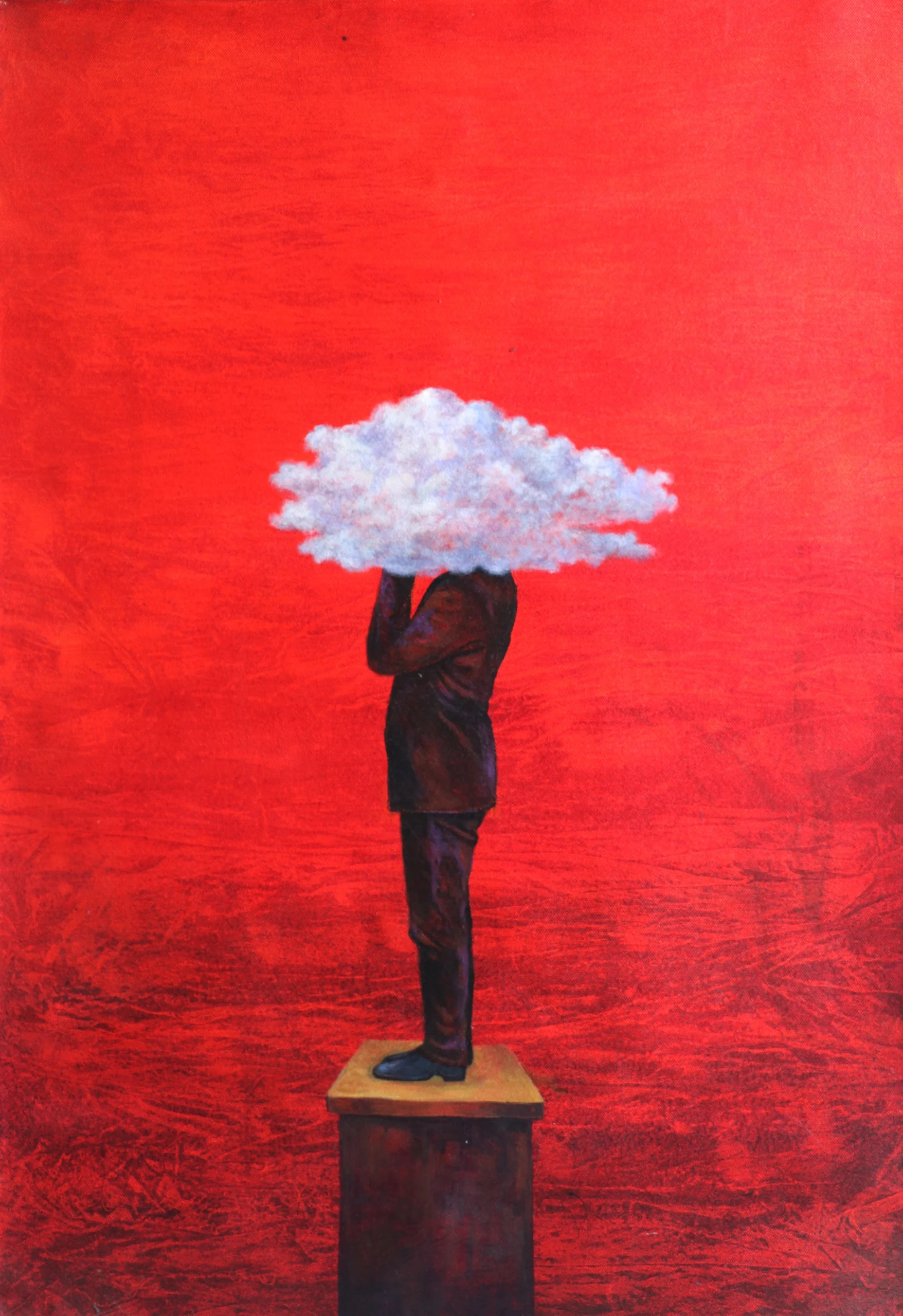

(Tahsin Akhtar, Acrylic on canvas, 24 x 34 inches) (Pradiptaa Chakraborty, The Mirza-Sahiba’s Emotion, Acrylic on Canvas, 78 x 78 inches)
Sometimes, art and literature are combined into a single work. This can happen in illustrated books, where drawings or paintings accompany the text. These illustrations often provide another layer of meaning to the story, helping readers imagine the scenes or characters in a new way.
Children’s books are a perfect example of this. In many picture books, the images are just as important as the words, helping to tell the story and engage young readers. Without the illustrations, the story might lose some of its magic. Classic examples include “The Very Hungry Caterpillar” by Eric Carle, where the playful images of a caterpillar eating through various foods make the story more fun and memorable.
Graphic novels are another example of how art and literature can merge. In these books, the story is told through a combination of illustrations and text. The images don’t just support the story, they are an essential part of it. Without the artwork, the story wouldn’t be complete. Graphic novels, like “Maus” by Art Spiegelman or “Persepolis” by Marjane Satrapi, use this blend of text and images to explore complex themes like identity, history, and culture in powerful ways.
The Impact of Art and Literature
Both art and literature have the unique ability to evoke deep emotions in their audiences. A beautifully written novel can bring tears to your eyes, just as a striking painting can leave you feeling awestruck. By combining these two forms of expression, creators can enhance the emotional impact of their work.
For instance, a poem describing a beautiful sunset might evoke feelings of peace and wonder. If that same poem is paired with a painting of the sunset, the emotional experience becomes even stronger. The colors, textures, and shapes in the painting can heighten the emotions expressed in the words, creating a more immersive experience.
Conclusion
The interplay between art and literature is a never-ending dance, with each form enriching and inspiring the other. Whether they stand alone or come together in a single work, both art and literature offer us unique ways to see the world, understand our emotions, and share our stories. By appreciating how these two forms of expression interact, we can deepen our connection to both the written and visual worlds, making our lives richer and more meaningful.




